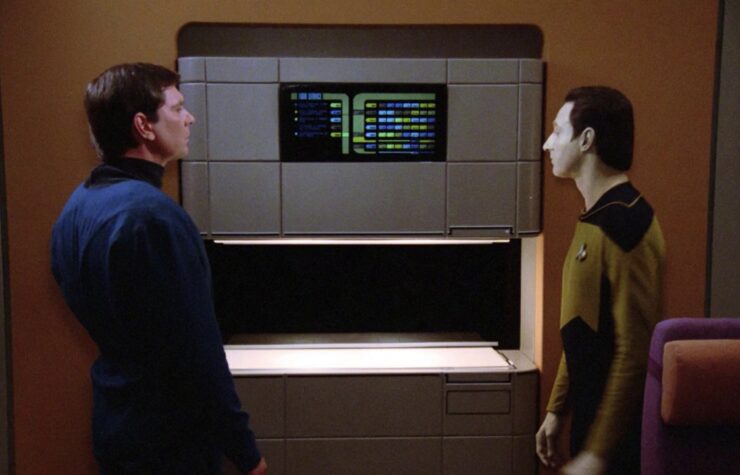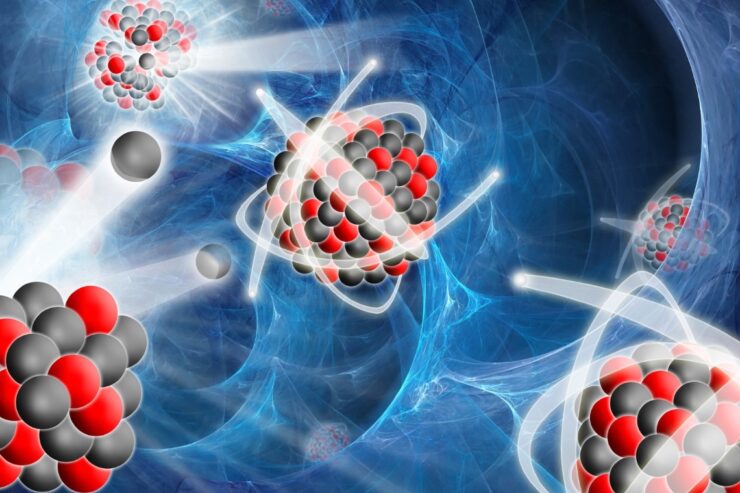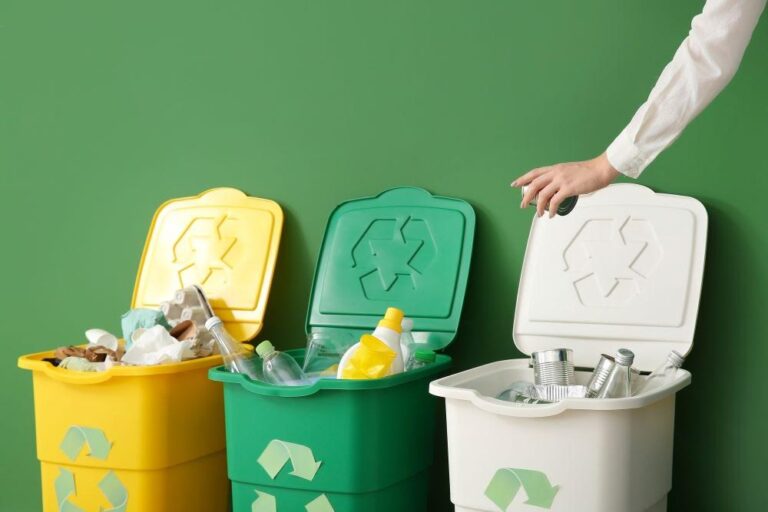Recently, while doing some research into a Danish pyrolysis project that converts unusable plastic waste into usable pyrolysis oils, my mind wandered to a fictional invention made popular by the Star Trek franchise: the replicator. I realized that’s it. The key to our recycling woes.
The replicator is the solution to the plastic problem. If only we had one. For the record, I know replicators don’t exist. I also know that they are theoretically impossible to build.
But if one is willing to look at the impossibilities of building a replicator and apply the same principles to recycling, it becomes easier to accept that there is never going to be a perfect way to do it.
That’s important for the simple fact that certain groups opposed to plastic in every form seem more interested than ever in tearing down recycling. They look only at recycling negatives, using them to fuel the argument that the only real solution is an outright ban on plastic.
Something From Almost Nothing

If you aren’t familiar with the Star Trek franchise, the replicator is a highly advanced piece of kit capable of transforming stored matter and energy into objects that are nearly identical to their natural counterparts. The first iteration of the replicator was a food replicator.
A person just told the machine what it wanted, and the replicator produced it in seconds.
Later iterations were capable of replicating all but the most complex objects. But Star Trek writers eventually posited that replicators could also recycle endlessly.
Throw your trash into the machine and it would break it down to the atomic level, then store the resulting energy and matter. Stored materials were recombined later to replicate new objects.
A Fascinating Principle

The idea of a technologically advanced machine constructing tangible objects from stored energy and matter is a fascinating principle. It’s also intriguing when you understand the number one rule of physics: energy can neither be created nor destroyed. It can only be transferred.
In theory, breaking down objects into atomic-level matter and energy essentially reduces those objects to their most fundamental forms. It should be possible to combine the atoms to create new objects at some later date.
The problem with the theory is twofold: we neither know how to reduce tangible objects to the atomic level or put atoms back together without generating catastrophic effects.
Not as Easy as It Sounds
Similarly, it should be theoretically possible to recycle every single piece of plastic we produce. That’s the theory behind pyrolysis. By using chemicals, heat, and pressure, we reduce plastic to its base components. We then distill those components, store them, and reuse them later on.
Pyrolysis is pretty easy to understand in principle. But it is hard to pull off in practice. By contrast, mechanical recycling is both easy to understand and do. But mechanical recycling reduces the integrity of the recycled material, at least according to Tennessee-based Seraphim Plastics.
As successful as industrial plastic recycling is, repeated mechanical processes gradually break plastic down until it’s no longer reusable.
As for pyrolysis, it’s difficult to control. It’s also expensive, energy intense, and polluting. We currently don’t have an effective pyrolysis process that makes doing it worthwhile on a large scale – which brings me back to the replicator.
Conclusion

The replicator represents a fantasy of continual recycling and reconstitution. But what’s possible in theory isn’t doable in practice.
Likewise, plastic recycling works well enough when it’s done correctly. Yet it will never be perfect. While we can theoretically recycle any kind of plastic, we haven’t been able to do it in the real world.

